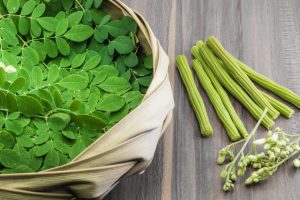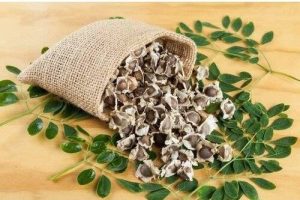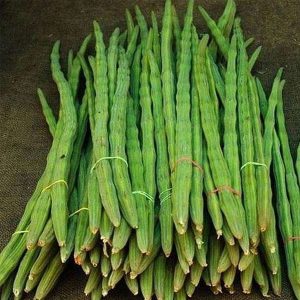How To Grow Moringa (Drumsticks) from Seed to Harvest
Moringa has become a popular household perennial plant in India. But now, with the availability of annual varieties, farmers are showing interest in cultivating Moringa in commercial mode keeping in mind the demand for Moringa.
Apart from the fruits, the drumstick leaves are also used as a curry. Its leaves contain vitamin B, C,
Rich in potassium, phosphorus and minerals. The juice extracted from the leaves contains 20 antibacterial properties. Due to its medicinal properties, the pulp of the leaves is used as a poultice in some areas.
Types of Moringa:

PKM-1:
In recent times, an annual variety called PKM-1 has become very popular. Plants grow to a height of 6 meters and bear fruit within 90-100 days of planting.
The first harvest occurs 160-170 days after planting. The pods are long, (65-70 cm) plump, pale pink in color. The seeds are delicious with high pulp. Yield: 250-270 drumsticks per plant
JAFFNA:
It is a perennial variety. A variety imported to India from Sri Lanka. Pods 60-90 cm. Long and the pulp is soft and delicious.
Soils Requirement:
All soils are suitable for cultivation of sugarcane. Otherwise, fertile red soils are best suited to get good yields. Black soils with good drainage are also suitable.
Soil PH level should be 6.0-7.5.
Weather Condition:
Drumstick is a tropical crop. Hot and dry weather is best suited. it will not grow in extreme cold and snow. 20–25-degree daytime temperatures are suitable.
Seeds per Acre

One KG of seed contains approximately 2,500-2,600 seeds
Annual variety: 250 grams of seeds per acre.
Perennial variety: 640 seedlings per acre:
Distance between the plants: 2.5 meters
Harvesting time: 7 to 8 Months
The seed can be sown directly in the field OR sow the seed in in a polythene bag and followed by plant protection measures by watering every other day, the saplings are ready for planting in the field in 30-40 days (i.e. when the plants grow 15 to 20 cm in height).
Planting Flatten
At the time of planting, the polythene bag should be removed without causing any damage to the roots and the plants should be planted in the pits along with the soil. 640 plants are enough to plant in an acre field.
Right time for the Plantation
It is profitable to grow in the months of June to August. harvested around February-Marc
h. So it is better to plant the plants 7-8 months before February-March.
Drip Irrigation:
Water immediately after planting and depending on the nature of the soil, watering should be given every 15-20 days.
Watering every 4-6 days during harvesting time can get good yields.
Fertilizers:
The field should be well plowed 3-4 times and mixed with 8-10 tonnes of cattle manure per acre in the last plowing.
Plants Caring:
If the plants grow to the height of 75 cm, then prune the plant so that the side branches will come, and yield will be more. If the side branches are also pruned to less than 2 feet, the plants will grow bushy and have more harvest
After harvesting in February-March, Cut the tree to a height of one meter and add fertilizer and water. There is a chance of more yield for the second crop.

Yielding:
Annual varieties of P.K.M.-1 can yield 250-270 drumsticks per tree in a year.
Perennial variety can yield 80-90 drumsticks per tree in the first two years then from the fourth year onwards it can yield up to 500-600 drumsticks/year per tree.
Apply 25-30 kg of cattle manure per plant every year and chemical fertilizers in recommended doses and by following proper management practices can get good yields every year.
